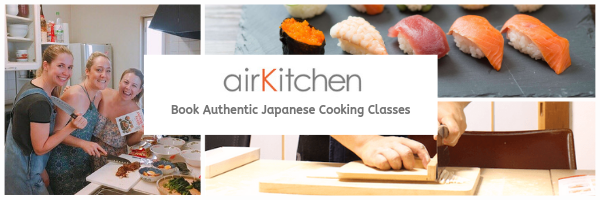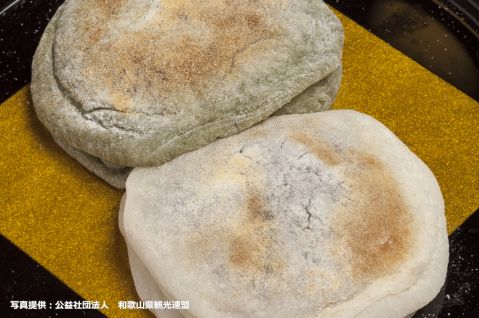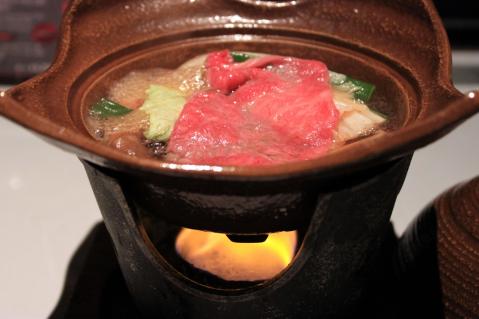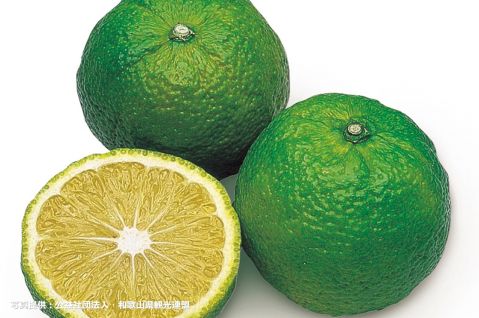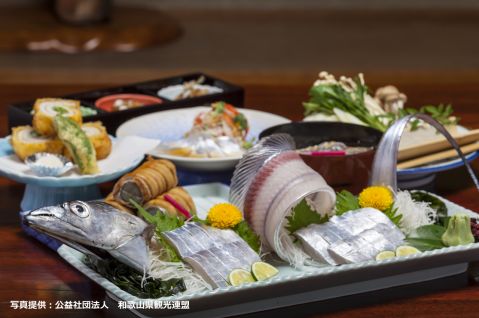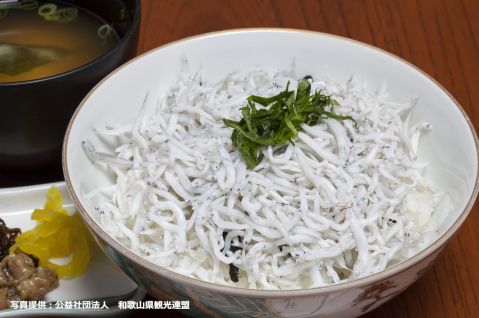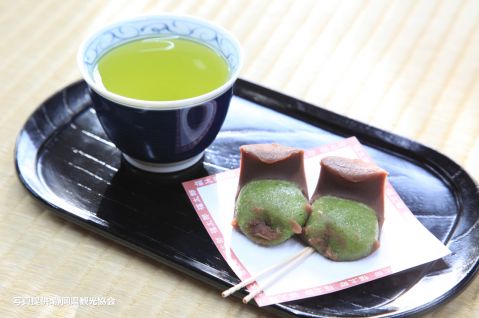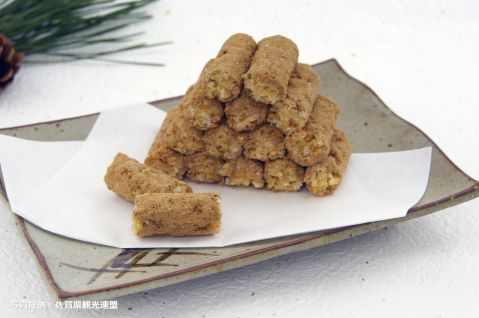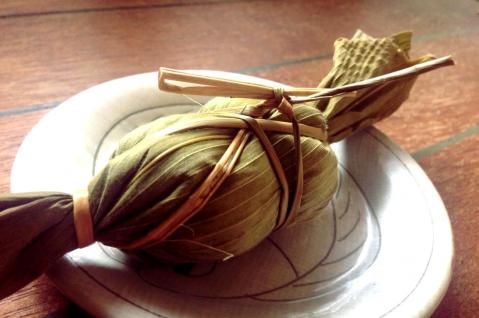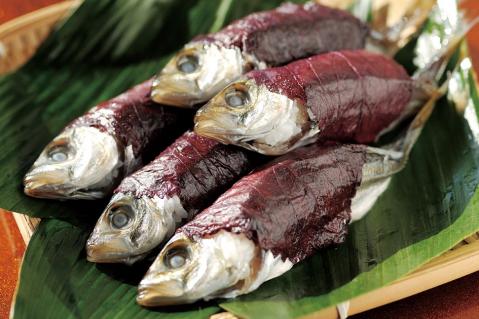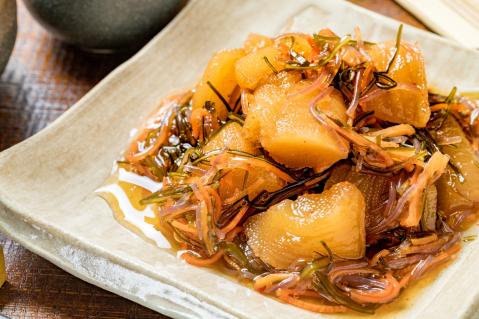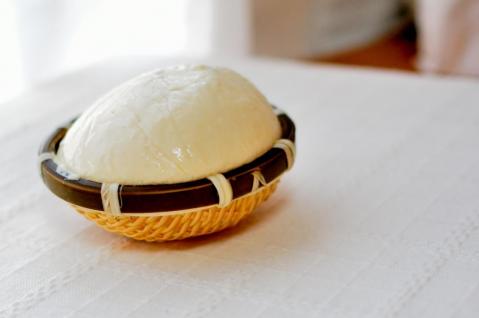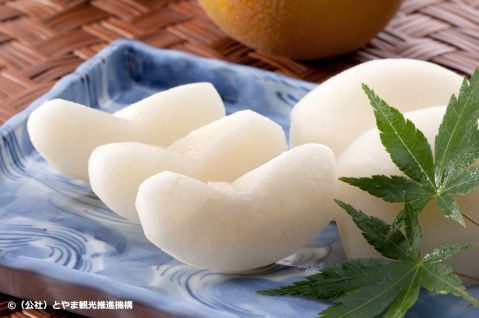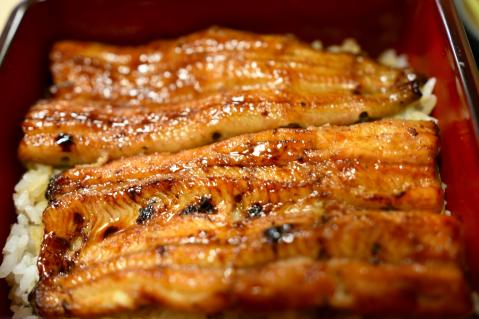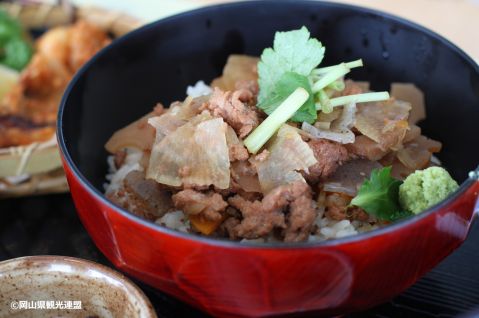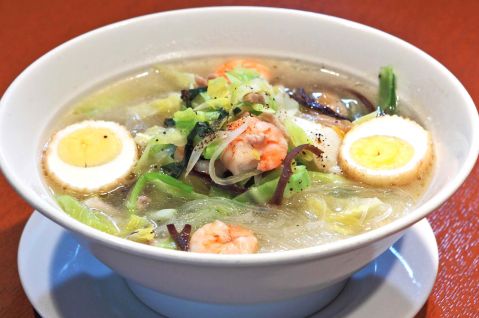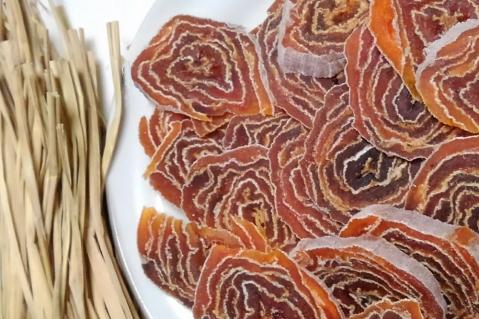Mikan Mochi
A traditional mochi infused with the fresh aroma of Kishu mandarins and sunshine
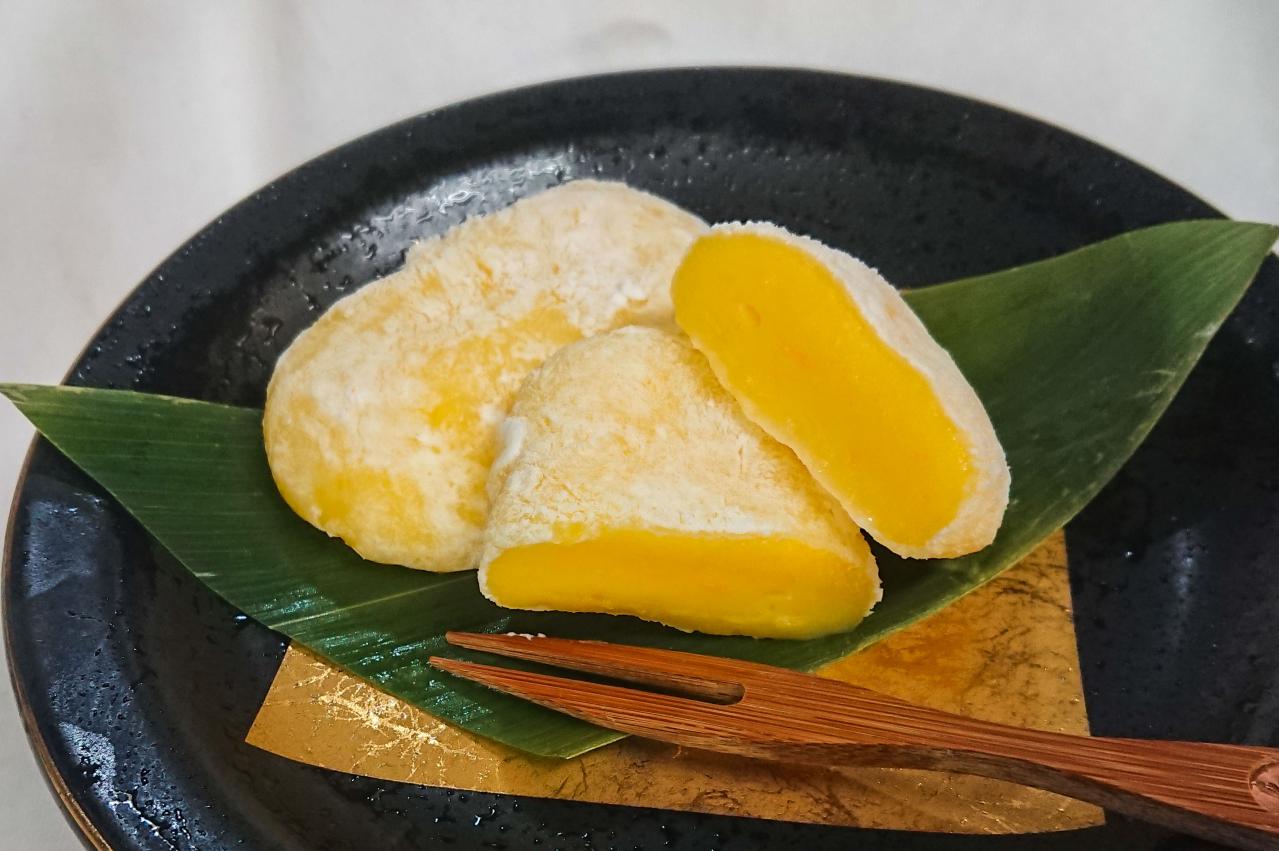
About Mikan Mochi
Mikan Mochi (みかん餅, Mikan mochi) is a traditional sweet from Wakayama Prefecture, crafted with the renowned Kishu mandarins. This delightful mochi is known for its refreshingly sweet citrus flavor paired with the gentle sweetness of glutinous rice. It reflects the rich traditions and natural blessings of the Kishu region.
The history of mandarin cultivation in Arida, Wakayama, dates back to 1574, when Magouemon Ito brought mandarin saplings from the Kyushu region (present-day Kumamoto Prefecture) and planted them in Arida. Though the mountainous terrain and coastal landscapes of the area were unsuitable for rice farming, the warm climate and hilly regions provided ideal conditions for growing mandarins. Encouraged by the Kishu Domain, mandarin cultivation flourished across the region.
In 1634, Tobee Takigahara shipped mandarins to Edo (present-day Tokyo), where their delicious flavor became highly praised. Additionally, an intriguing tale from 1685 tells of a wealthy merchant, Monzaemon Kiiya, braving stormy seas to deliver mandarins to Edo, earning great wealth as a result. Over time, Kishu mandarins became a beloved product nationwide and a signature specialty of the Kishu region.
Mikan Mochi was born from a desire to showcase the charm of Kishu mandarins in a local confection. It is made by steaming glutinous rice topped with mandarins, then pounding them together to create a smooth mochi infused with citrus goodness. Featuring a vibrant orange hue, a fragrant mandarin aroma, and a hint of tangy sweetness, Mikan Mochi offers a taste that embodies the spirit of Kishu’s land and produce.
In May, the terraced orchards bloom with white mandarin flowers, filling the air with a sweet fragrance. By autumn, the hills are dotted with golden fruits, ushering in the harvest season from October to December. Mikan Mochi, a product of this natural bounty and Kishu’s rich history, is cherished by locals and visitors alike. Enjoy it as is, for a soft and refreshing treat, or roast it until crispy on the outside and gooey on the inside for a unique twist on its flavor.
Mikan Mochi encapsulates the essence of Kishu’s traditions and nature. Every bite is a story of history and the blessings of the land.
Reviews
There are no reviews yet.
Regional cuisine of Wakayama region
Japanese Cuisine - Local cuisine
Kind of food
Recommended
-
![Whole Horse Mackerel Sushi]()
Whole Horse Mackerel Sushi
Oita / >Sushi -
![Matsumae-zuke]()
Matsumae-zuke
Hokkaido / >Local cuisine -
![Zaru Tofu]()
Zaru Tofu
Saga / >Local cuisine -
![Kureha Pear]()
Kureha Pear
Toyama / >Local cuisine -
![Unaju (Grilled Eel Rice Box)]()
Unaju (Grilled Eel Rice Box)
Shizuoka / >Don dish -
![Sailor’s Jabujabu]()
Sailor’s Jabujabu
Okayama / >Nabe dish -
![Taiping Yan]()
Taiping Yan
Kumamoto / >Ramen -
![Makigaki (Rolled Dried Persimmons)]()
Makigaki (Rolled Dried Persimmons)
Kumamoto / >Local cuisine
